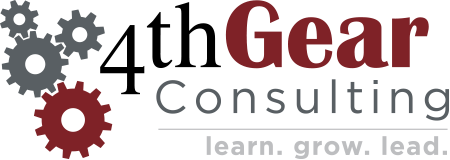It seems like there are very few weeks that go by without a client making a comment to me about how hard leadership is. At some point during my work with them, there comes a moment when they understand how to make the transition from the current state to the next level of leadership and while the path becomes clear, the climb seems to be steep. There are opposing forces that make true leadership very difficult. You have to give up what you want right now, to get what you really want for the future.
Anything that has an element of sacrifice in it is hard. Why can’t I have what I want now and also have what I want later? I don’t think I’m smart enough to understand why that paradox exists for so many things. What I do know is that leadership is one of those things. Here are some of the opposing forces that play a huge role in making leadership difficult:
Obedience and Engagement
Security and Sustainability
I can either mange every detail and burden the system with so much oversight that errors are reduced as far as possible, or I can develop a group of people who use their best judgment, take appropriate risks and find new solutions. If the process itself is responsible for success, I have to rebuild or change it every time the business needs to shift. Sustainable growth only happens when the people have the freedom to solve and adapt on their own as things change. That means that the security of error free process has to be abandoned in order to develop people who can cause continuous growth.
Credit and Capability
The role of a leader is to help those around her become more capable and emerge from every interaction with her better than they were when they entered it. That means that very few ideas or solutions come from the leader. In order for others to improve their capability they have to be challenged and supported, not spoon-fed with ideas and thoughts from the leader. In this environment, the credit for any growth or success goes to the team, and not the leader. To lead we have to give up the idea that we have all the answers. Even though it feels great to be able to help that way, in the end we reduce their ability to create their own solutions.
These are only some of the ways that real leadership creates a conflict between what we want right now and what we really want for the future. Becoming a great leader means understanding the long-term goals well enough to give up the short-term wants in order to get there. Every day we make choices about how we lead and those choices either keep us where we are or help us move along the path. No matter how steep the climb may seem at first.
Leading Through Influence
We develop better leaders so they can build a better future. Contact Us to learn about leader development via our training, workshops and executive coaching.


